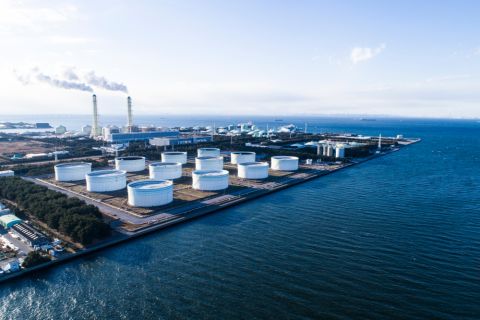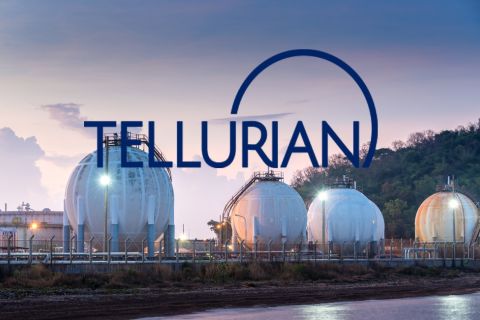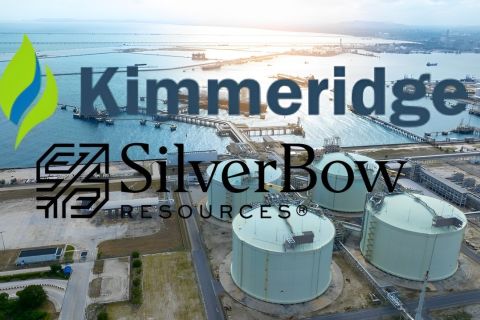Kinder Morgan Inc. put the Lockridge natural gas pipeline in Texas into service earlier this month, according to a filing late Sept. 28 with the U.S. Federal Energy Regulatory Commission (FERC).
Lockridge, along with several pipes under development or construction, is designed to remove gas from the Permian Basin in West Texas and eastern New Mexico where pipeline capacity has not kept up with the amount of gas associated with oil production in the region.
Oil output in the Permian was on track to continue hitting record highs before the coronavirus depressed economic activity and energy demand earlier this year. Crude output in the Permian peaked at 4.9 million barrels in March.
The lack of Permian pipeline space prompted some drillers to flare record amounts of gas before coronavirus demand destruction. That lack kept prices at the region's Waha hub well below the U.S. Henry Hub benchmark in Louisiana for years.
As recently as April, Waha prices were below zero. Henry Hub's premium over Waha averaged 89 cents per million British thermal units so far in 2020. That compares with $1.64 in 2019 and a five-year (2015-2019) average of 65 cents.
Henry Hub's premium over Waha has been declining since Kinder Morgan's 2-Bcf/d Gulf Coast Express pipe entered service in September 2019, allowing more low-cost Permian gas to flow to higher-cost markets along the U.S. Gulf Coast.
The 17-mile (27-km) Lockridge pipe is designed to deliver around 500 MMcf/d of gas.
One billion cubic feet is enough gas to fuel about five million U.S. homes for a day.
Other pipes expected to enter service over the next year or so in the Permian include Kinder Morgan's 2.1-Bcf/d Permian Highway in early 2021 and MPLX LP's 2-Bcf/d Whistler in late 2021.
Recommended Reading
Tellurian Head Counters Rumors, Says Company is Focused on ‘Commercial Matters’
2024-01-29 - LNG development firm Tellurian is disputing rumors that the company is looking to sell following its hire of financial advisory firm Lazard.
FERC Approves Extension of Tellurian LNG Project
2024-02-19 - Completion deadline of Tellurian’s Driftwood project was moved to 2029 and phase 1 could come online in 2027.
Permian NatGas Hits 15-month Low as Negative Prices Linger
2024-04-16 - Prices at the Waha Hub in West Texas closed at negative $2.99/MMBtu on April 15, its lowest since December 2022.
Report: Freeport LNG Hits Sixth Day of Dwindling Gas Consumption
2024-04-17 - With Freeport LNG operating at a fraction of its full capacity, natural gas futures have fallen following a short rally the week before.
Kimmeridge Activates on SilverBow: A Battle for South Texas Gas
2024-03-01 - Investment firm Kimmeridge is looking for more natural gas production for its own E&P to participate in the Gulf Coast LNG market. SilverBow Resources has gas.




